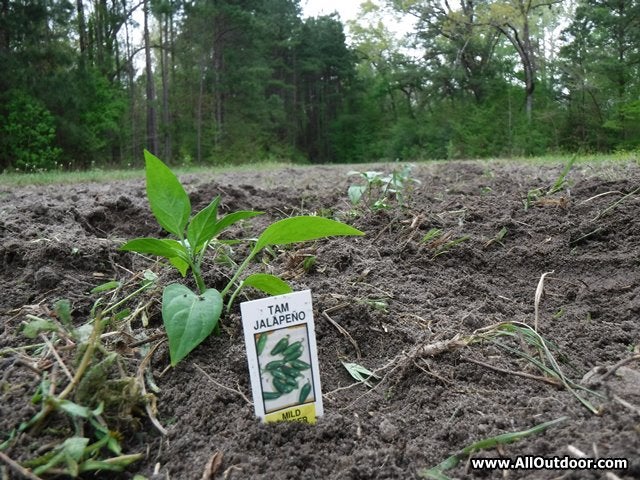How to Grow Pepper Plants
Kevin Felts 03.29.18

Out of everything in the garden, pepper plants have a special place. One thing is how versatile they are. Take jalapeno peppers for example. They can be stuffed, cooked with, or preserved in jars.
The same goes for most other peppers. Chili peppers for example are used for a wide range of dishes and seasonings.
People may think growing their own peppers is difficult. In fact, peppers are some of the easiest crops to grow.
First thing to do is figure out what kind of pepper someone wants to grow. Are we looking for hot peppers, ones used for seasoning, or dried and ground up? Personally, I usually grow jalapeno peppers, bell peppers and some other kind, such as banana peppers. For 2018 I went with a chili pepper instead of the banana pepper.
To help kickstart the plant, use a well rounded balanced fertilizer, such as 13-13-13 or 10-10-10. Stay away from high number fertilizers, such as 21-0-0, 10-20-10. 16-6-12 may be ok, but use sparingly. 16-6-12 has a little more nitrogen than the plant probably needs.
Planting Pepper Plants
Chances are the pepper plants will be sold in small containers at a local hardware or farm supply store. Buy however many you want.
I usually grow peppers in pots measuring two cubic feet. This year however, the peppers were planted in a field along with the potatoes, snap beans and squash.
- Soil was tilled using a garden tiller.
- Garden rake was used to measure the distance between the plants. Each plant was spaced two lengths of the rake head apart, so around 24 inches apart.
- A shallow hole was dug with the rake.
- One shovel full of homemade potting soil was placed in the hole.
- Plant was placed in the middle of the potting soil.
- Back-filled with dirt to cover top of roots.
Now it is just a matter of keeping the plants watered. When the summer heat kicks in the plantsare going to need a good amount of water.
For 2018 I planted 15 pepper plants. These are a combination of belle, jalapeno and chili peppers.
From my experiences, pepper plants tolerate summer heat pretty good. Once the plant starts producing, it will produce until frost kills the plant. Even then, I have heard of people growing their pepper plants in pots, and moving the pots inside for the winter.
The length of production means the plant will need to be re-fertilized several times. Because of this I add some kind of organic material, such as aged chicken manure, horse manure, and fireplace ashes. This will provide the plant with a long term slow release source of nutrients.
If the plant stops producing, sprinkle a handful of 13-13-13 around the base of the plant. Make sure to water the plant after fertilizer is added. This is called side dressing. The water will help wash the fertilizer into the soil where it can be used by the plant.